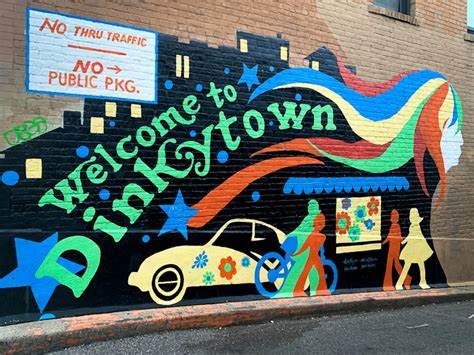Investors will never, ever, ever, ever, ever learn. Ever.

488765_Bush-Ice-Bucket-Challenge.J
February 26, 2013
If you ask any financial analyst to describe in two words what caused the housing crisis 5 years ago that devastated financial markets across the United States and the world, they will unblinkingly respond, “sub-prime mortgages.”
It is no secret that sub-prime loans were the key to beginning the Great Recession in December of 2007. Sub-prime loans, which are loans given to borrowers who have less-than-desirable credit were like candy to big banks and financial institutions looking to expand their profits. But as any experienced economist (or freshly out of undergrad economist, for that matter) will tell you, arbitrage opportunities (chances to buy something and turn around and sell it for a higher price, simultaneously) do not exist for any significant amount of time, and thus, obscene profits such as those these financial institutions were collecting were unsustainable. The thought at the time, just as with Apple, Inc. for most of the past half-decade, was that the growth would never cease or, that if it did, it would plateau, but certainly never plummet.
As it turned out, investors were wrong. People actually could not take out loans that they had a significantly small chance of being able to pay back and avoid reneging on their payments. As foreclosures rose, banks repossessed, and sold the houses at prices significantly under their market values. This diluted the market and did not allow real home owners to get a ‘fair’ price for their houses they tried to sell, and thus these owners had to sell at a significantly reduced price. In many instances, this rate was insufficient to cover the mortgage and homeowners simply moved out of their homes to avoid paying mortgages that were well in excess of the value of their homes.
After plunging most of the world into recession because of large institutions buying these loans from banks and thus losing money when people could not pay the loans, most would think these institutions had learned their lesson and would do well to steer clear of sub-prime loans for the most part, or, better yet, altogether.
Unfortunately, that is not the case. Sub-prime loans are back in the market, and they are hot. In the words of economic researcher Brian Reynolds, “[t]he sub-prime market’s revival is proving to be even stronger than we had anticipated.” As if that were not bad enough, Reynolds went on to say, “[t]his is just a credit cycle, and it will eventually end badly like the others.”
I could go on for another ten pages explaining why Reynolds is correct and this resurgence is an unwise decision, but I shall allow his words to resonate instead.
By: Aaron Overfors








